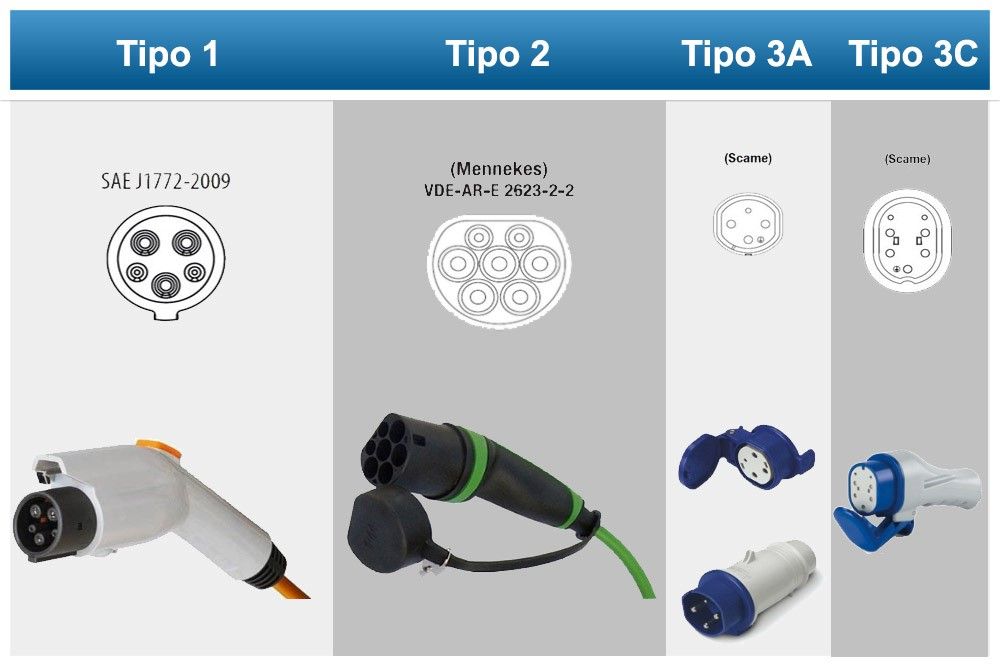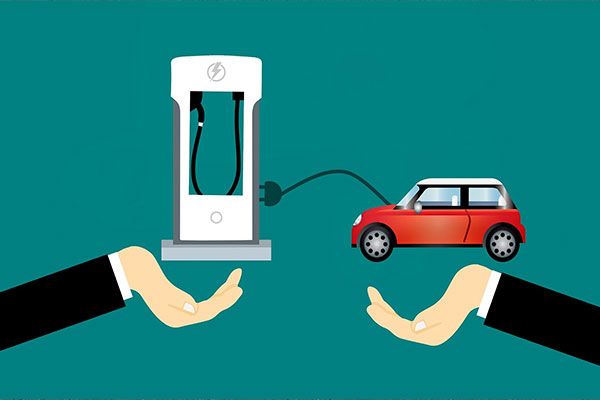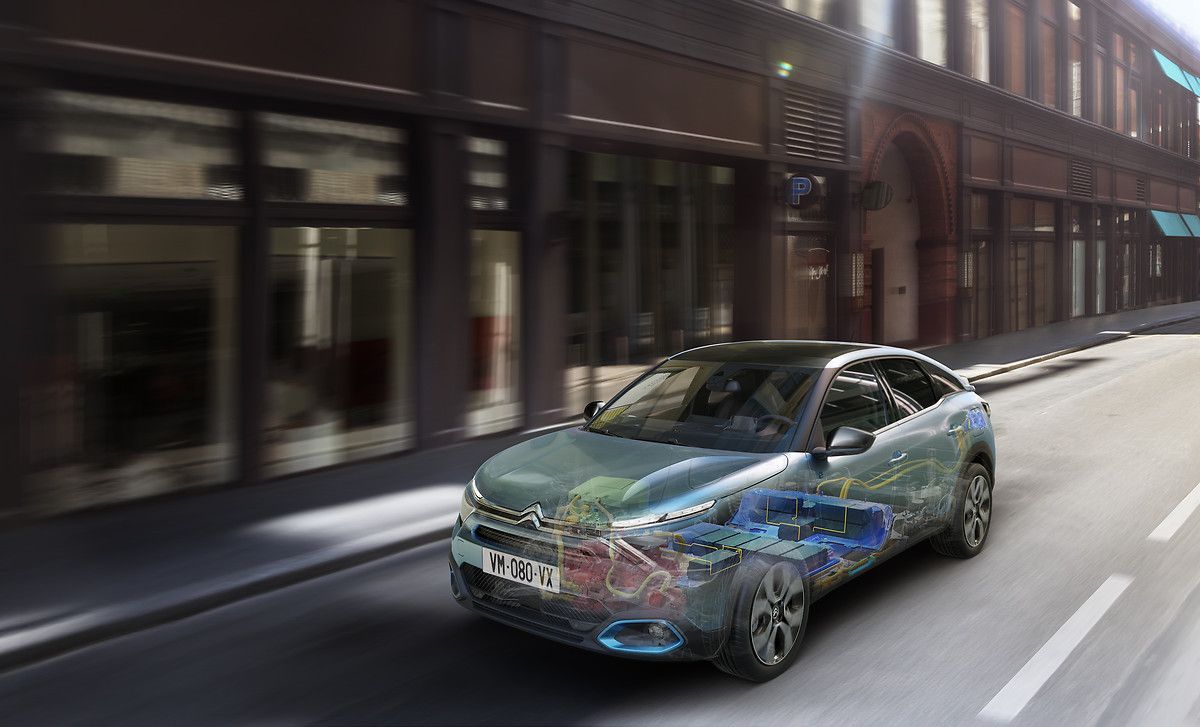The undisputed advantages offered by electric mobility, which we told you about here, are convincing an increasing number of people to buy an electric car. But for those who decide to take this step, there is still a doubt about how easy it is to recharge them. A doubt about how many charging columns are available and how long it takes to “fill up”. It’s a valid fear, and it’ll be allayed only after the first few months of use, when you have real proof, with daily use, that Italy is ready. Besides, as we’ve already said, the situation is constantly improving, day by day, thanks to the work of operators who are implementing concrete development plans, like the one announced by the Municipality of Parma in cooperation with BeCharge. This plan will create, in the short term, 50 stations with 100 charging points, including 9x100kW Fast Charge points.
Parma is one of the first municipalities in Emilia Romagna to install such a widespread charging network for electric vehicles. This network forms part of the mobility reforms that the Municipality of Parma is implementing.
To enable future, and current, electric vehicle owners to find their way around and correctly use the charging station network, in this article we describe all of the types of connectors in use today (at columns and in cars) and what they allow you to do.
It’s true that there are different connectors for different standards, and that these connectors manage different currents which dictate charging speeds. However, the good news is that practically all electric vehicles on the road today and charging columns use a Type 2 connector, also known as a Mennekes connector. This connector manages a maximum current of 32A on a 230V single-phase network (like the ones we use at home), or up to 70A on a 400V three-phase network (usually used in industry or for residential supplies with a rating greater than 10 kW). As we’ve said, this type of connector is compatible with many columns, which usually offer a 22 kW charge. In some cases, it’s possible to charge at up to 43 kW, but this solution requires columns with an integrated cable, whilst the vast majority of charging points must be connected via the cable that comes with the car.

This connector has been further developed to create what is known as a CCS COMBO 2 cable. In practice, this is a Type 2 connector with a further connector added underneath (the electrical connections in this case are different, but it’s not something that should concern users). The additional socket allows for direct current supply which enables fast charging. Thanks to this connector, you can charge at 200 kW, but these columns don’t usually charge at more than 50/100 kW. It’s important to remember that a car’s maximum charge is defined by the car itself. So, it depends on what car you have, but we can safely say that if you need a faster charge, you should look for a column that has this type of connector.
For completeness, let’s look at the other types of connector. The Type 1 (Yazaki) connector allows a maximum charge of 7.4 kW, and is widely available in Japan and the United States. The Type 3A, also known as the “Scame”, has a maximum charge of 3.7 kW, and is used almost exclusively for light vehicles, like scooters.

For direct current charging, one of the main connectors used is the CHAdeMO, another fast charging standard which delivers up to a 50 kW charge, even if a greater wattage is available. The Type 3C is identical to the Type 2 in terms of power delivered, but it’s a different shape. This type is used widely in France.
Despite the fact that there are different types of connector, as we can see, the situation in Italy (and in large parts of Europe) is very simple, since many cars and charging columns can be used with the Type 2 connector, which is the Mennekes connector in fast charging stations.
So, if you’re wondering how easy it is to find a column with connectors that are compatible with your car, it’s not a problem, there are Type 2-compatible columns everywhere.
In Collaboration with:









